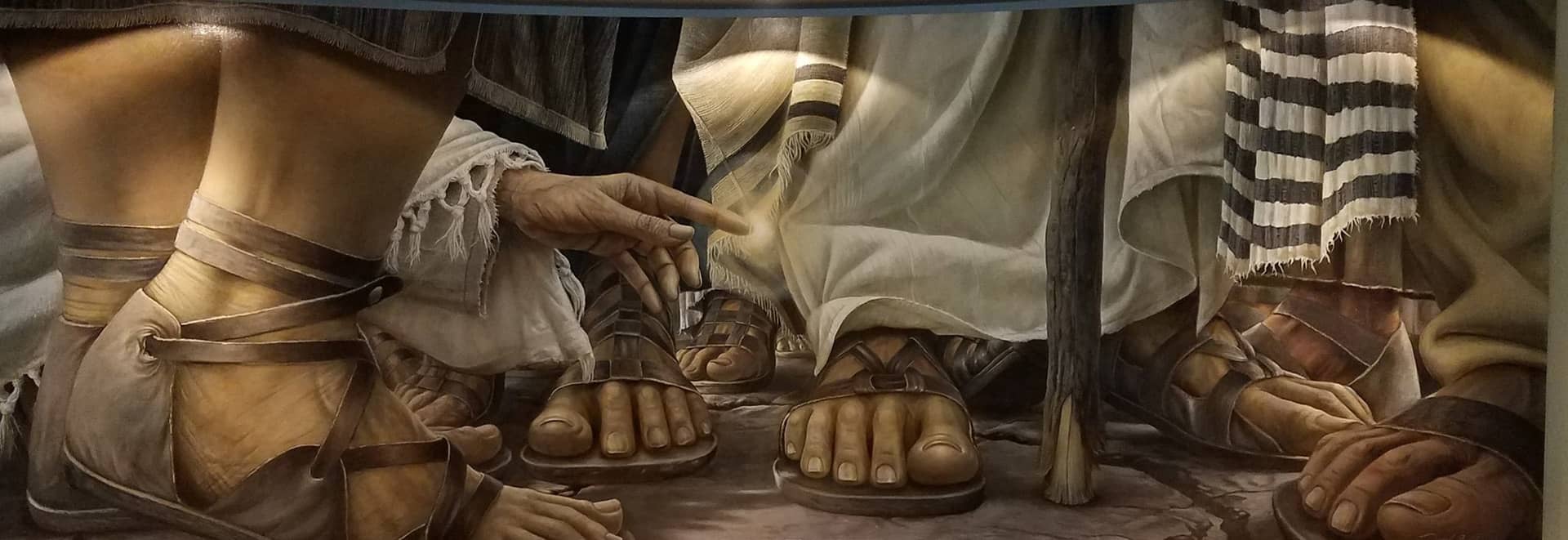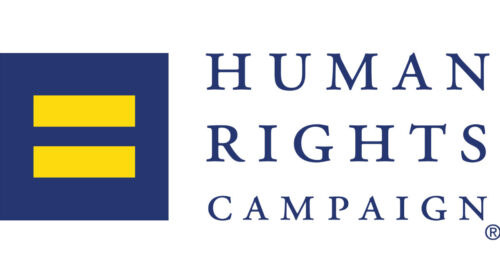Jesus, the “woman with the hemorrhage” and LGBTQ+ people
What does Jesus’s ministry have to say about LGBTQ people? The Gospels shed no direct light on this question (Jesus said nothing about homosexuality) but that does not mean we have no clue about how he might look at this community today.
To draw out inferences based on Jesus’s words and deeds, it is important to move past generalizations about Jesus’s ministry and focus on specific Gospel passages: to meditate on them, asking ourselves: What do they tell us about what Jesus might have said or done today if he met an LGBTQ+ person?
It’s an exercise in imagination, but a helpful one, especially for LGBTQ people and their families today.
A meditation
In this meditation, I will focus on the story of the woman who experienced hemorrhages –“a flow of blood” — a story that appears in Matthew, Mark and Luke. According to the Book of Leviticus “[W]hen a woman has her menstrual flow, she shall be in a state of impurity for seven days.” Moreover, “[a]nyone who touches her shall be unclean until evening,” and “[a]nything on which she lies or sits . . . shall be unclean” (15:9).
According to Matthew’s Gospel, a woman “suffering hemorrhages for twelve years” crept up behind Jesus in a crowd and touched the tassel of his cloak, believing that if she did so, she would be cured (9:20-22). “Jesus turned and said, ‘Courage, daughter! Your faith has saved you.’ And from that moment she was cured.”
Matthew’s account is probably drawn from Mark’s Gospel, though Mark includes one additional fact: “The woman, realizing what had happened to her, approached in fear and trembling, fell down before Jesus and told him the whole truth” (5:34). Luke mentions the woman’s trembling as well (8:47).
Why did the woman approach in “fear and trembling?” Why did she fall down and tell “the whole truth?”
In our meditation, we might ask a few questions:
What was she afraid of?
Why was she so afraid that she trembled?
What was the “whole truth” that she told Jesus? That she suffered? That she touched his cloak? That she was ritually impure and therefore an outcast?
Some historians believe that an unaccompanied woman did not approach (much less speak to our touch) a man in Jesus’s day. (Other historians disagree with that.) But that itself could have been cause for criticism, abuse, ostracism, or worse. Is that why the woman trembled? Did she fear that she would be accused of making Jesus unclean?
We don’t know.
What matters is that the woman was afraid and trembled and prostrated herself before Jesus for touching his cloak. Because she had a condition that doctors could not change. She trembled, I believe, because she hoped he would not reject her.
Does that sound familiar? A condition, a way of being, that doctors cannot change? Or “convert”? A way of being that, once discovered, leads to rejection?
That the woman had a hemorrhage for twelve years means that she was especially impure. Leviticus is clear: “When a woman is afflicted with a flow of blood for several days outside her menstrual period, or when the flow continues beyond the ordinary period, as long as she suffers this unclean flow, she shall be unclean” (15:25).
What did Jesus do in the face of this impurity and in the face of the woman’s fear and trembling? Did he lash out at her? No. He helped. He cured. He saved.
I am not focusing on this story because I believe LGBTQ+ people are impure and need curing. I do so instead as a meditation on who Jesus was and is for all of us, including for LGBTQ+ people.
Would the Jesus of this Gospel story, who might have expressed outrage that an impure woman touched him, ostracize or condemn an LGBTQ+ youth who touched him or drew close to him?
The woman’s impurity wasn’t her “fault.” She didn’t do anything to bring about her condition. Likewise, LGBTQ+ people don’t and can’t do anything about who they are. A youth doesn’t wake up one day and say, “I’m gay now.”
For those who are convinced otherwise, we must ask: What rational person would consciously choose rejection, condemnation or, in some societies, death?
What might Jesus do or say?
Let’s return to my original question: What might the Jesus of this Gospel story tell an LGBTQ+ youth (or any LGBTQ+ person)? Would he say, “My Father does not love you?” Would he say, “Get away from me?” “How dare you touch me!” “My kingdom is not for you!”
Remember Pope Francis’s comments on this very question: “When a person who has this situation comes before Jesus, Jesus will surely not say: ‘Go away because you’re homosexual.’”
Now recreate the Gospel scene in your mind.
Place yourself next to the woman.
Or imagine yourself as the woman, in her fear and her trembling.
Now go a step further: imagine yourself as the LGBTQ+ youth, and feel his, her, or their fear. Thrown out of the house by disgusted parents: homeless, cold, hungry.
Finally, ask yourself: What would Jesus do to this fearful, trembling child?




0 Comments